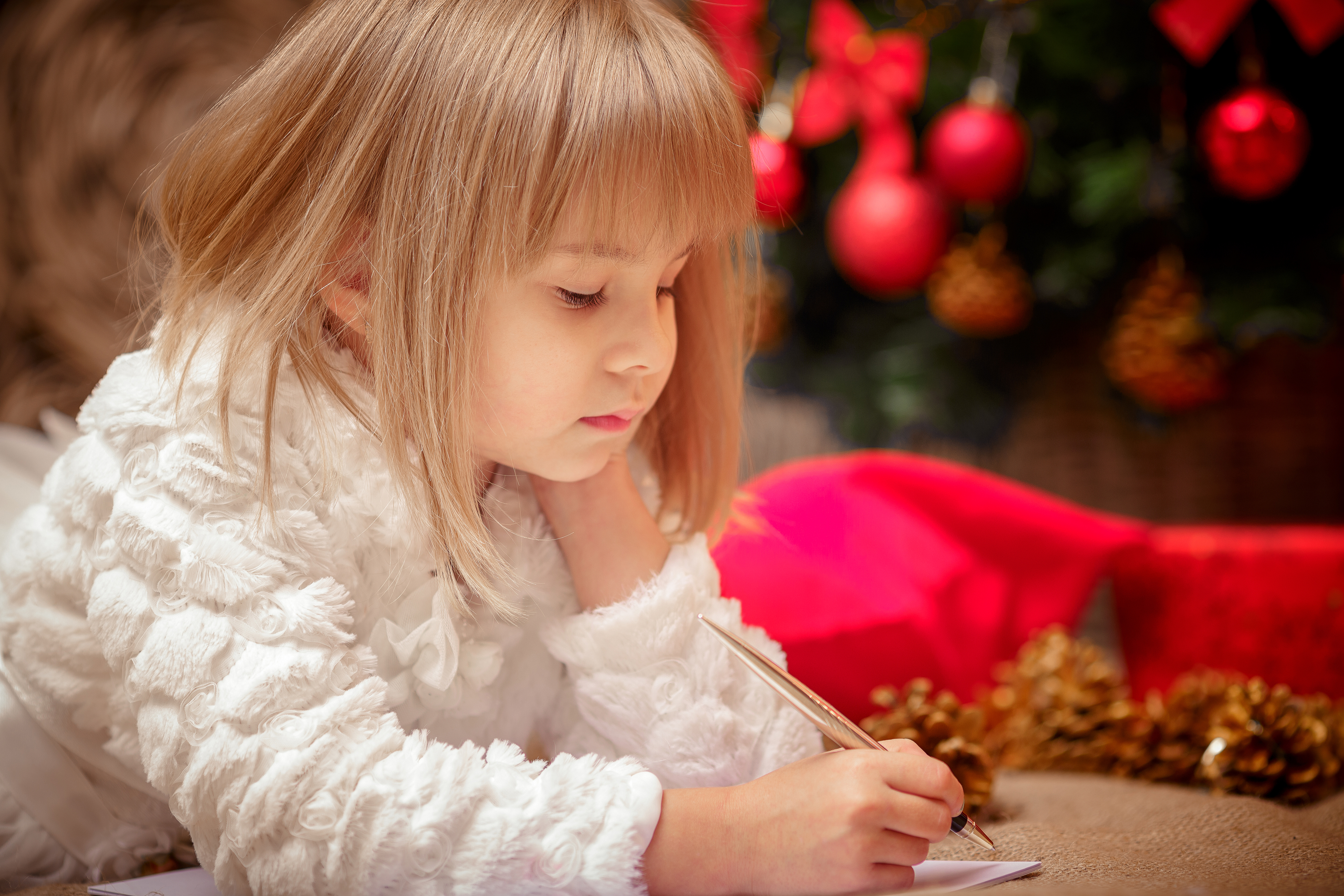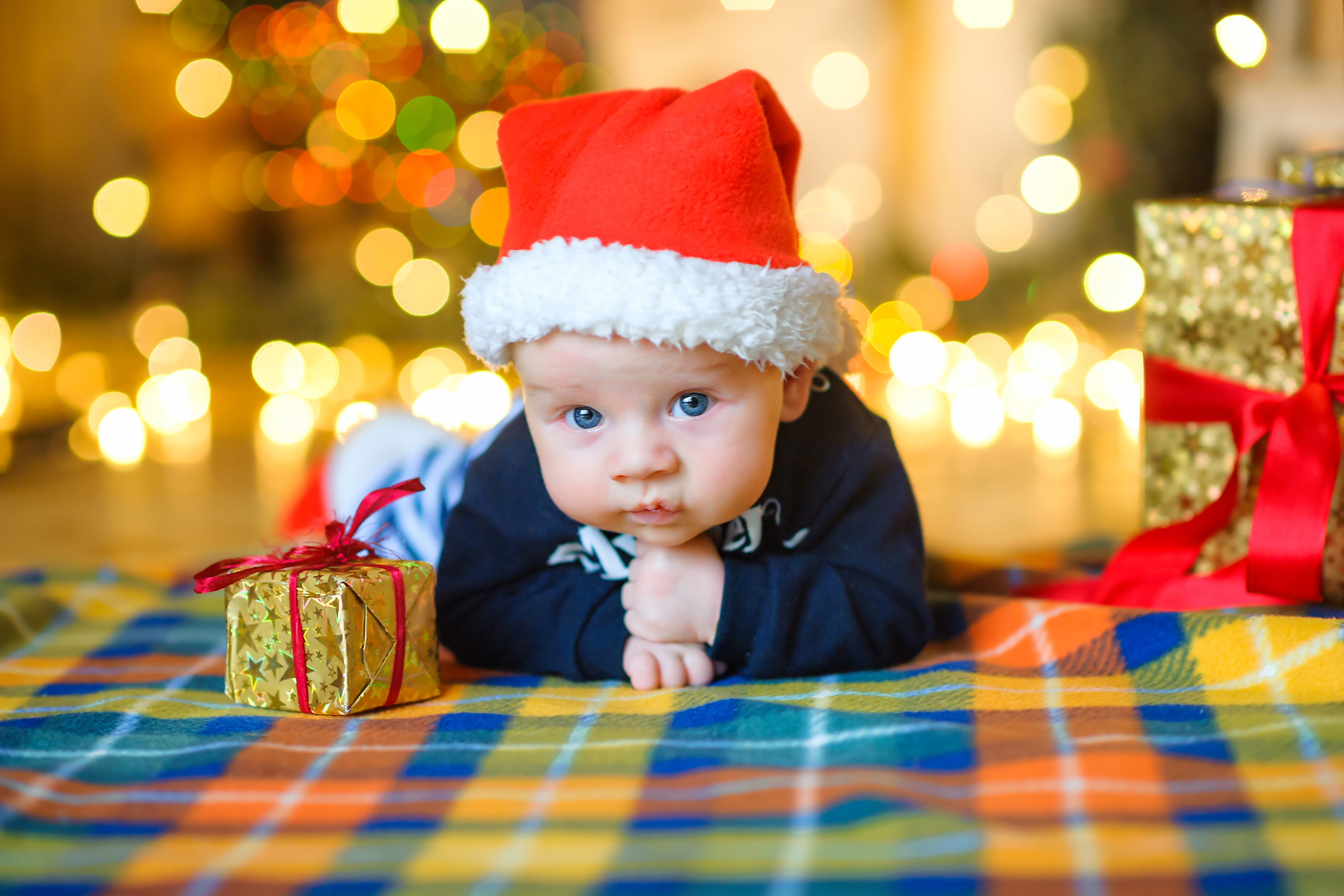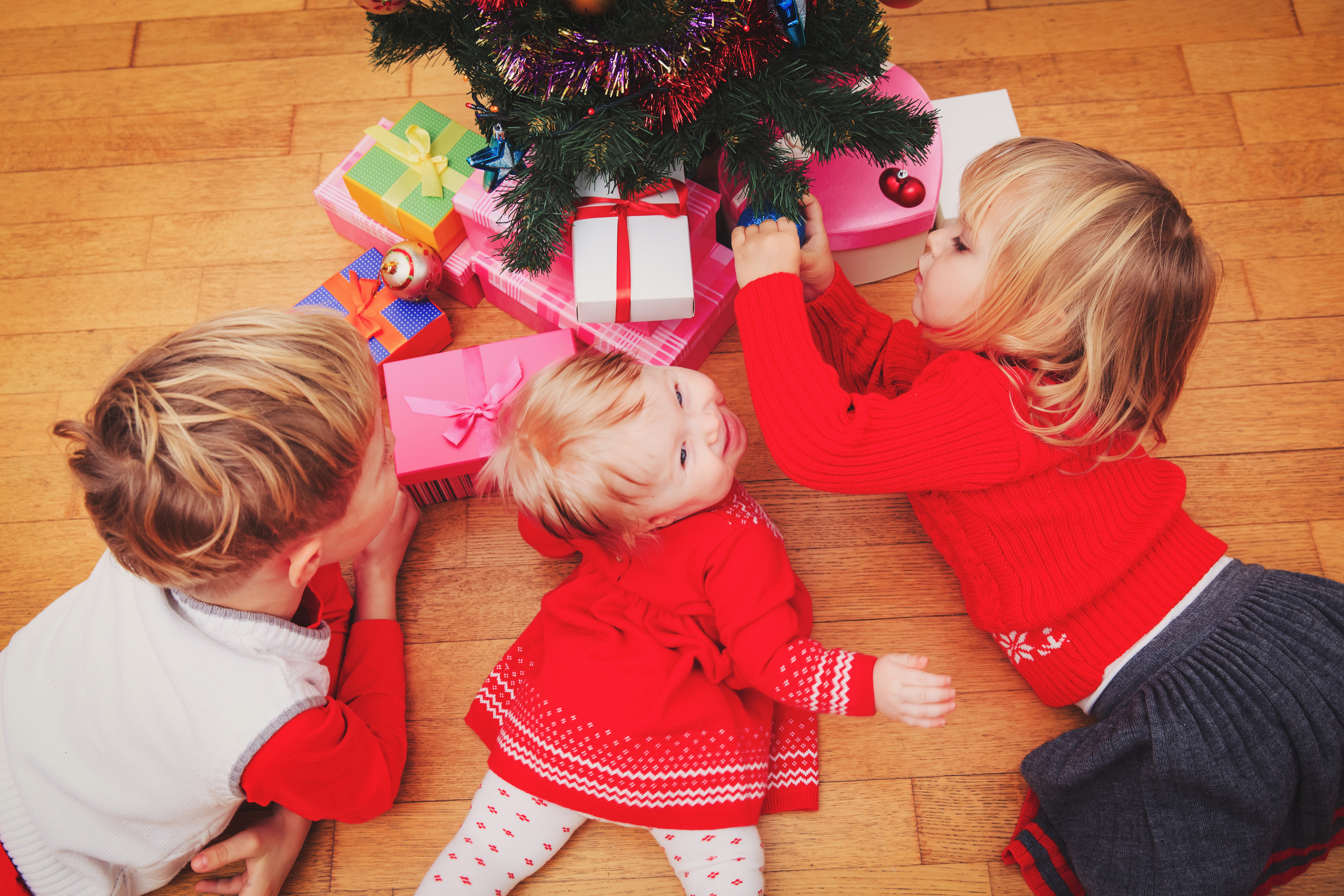Every year parents are facing a tough task to successfully play the role of Santa and to choose the right presents.
Christmas is just around the corner, and kids have already sent their wish lists to North Pole. Every year they enjoy reading and listening the stories about Santa who brings presents and drops them in Christmas stockings, or under the Christmas tree. In the same time, their parents are facing a tough task to successfully play the role of Santa. Buying Christmas presents for kids has never been easy, having in mind so many things to think of: providing sufficient budget for Christmas shopping, taking care of toy quality and their safety, buying age-appropriate toys, trying to teach the little ones to be modest and grateful for what they get, and wishing that children have that look of sheer joy and excitement every time they open their Christmas toys. List of demands is pretty long, and the time is running out. Right?

Copyright: Producer
Here are some tips to help parents feel less anxious at this time of the year:
1. First and foremost, you don’t have to buy expensive toys to your children.
Kids may not fully understand the value of these toys, and may crave for bigger, better and more expensive things every year. Instead, teach them to treasure every single toy they receive, regardless how much they cost. Keep in mind that some of the best toys are not necessarily the most expensive ones. Therefore, the parent shouldn’t spend a small fortune on the toy, only to watch the child discard the “must-have” after five minutes of play. Simple and high-quality engaging toys that truly celebrate the power of learning through play are ideal. In addition, their expectations are also essential. If you always give expensive gifts, they come to expect that, and will be dissatisfied with anything less. Thus, try to wrap some trendy gloves and a hat and give them these as a present. Teach them to be more grateful and happy with what they have.
2. Try not to overbuy.
As holidays are approaching, toy stores are full of parents, grandparents, aunts, uncles and other relatives searching for dolls, balls and similar stuff they think the kids will love. As a result, it often happens that there are too many presents for little ones under the Christmas tree. They are definitely more than happy and excited to see these tons of toys just for them. However, when there is more than one present, when there is a pile of presents, the kids don’t focus on the present they just opened. Instead, they just zoom right on to the next present, and the next, without appreciating what they got. Surely you don’t want this to happen. Therefore, try not to give them more than two presents in one day, even if they do get a bunch from different people. Spread out the opening of the presents over a few days.

Copyright: fotosaga
3. Choose age-appropriate toys.
Children enjoy toys they can master and which are right for their particular stage of development. Here are some suggestions for the types of toys kids benefit from most, as they go through different stages:
- 0-6 months – Rattles, brightly coloured toys attached to the crib that rotate above the baby as soft lullaby music plays, or interactive play rugs.
- 6-12 months – Mobiles, brightly illustrated books made of cloth or stiff, floating toys for the bath tub, small train, toy cars for boys, soft dolls, or stuffed toys for girls.
- 1-2 years – Push/pull toys, blocks, ball, sandbox toys, puzzles, musical instruments, illustrated books, kitchen sets etc.
- 2-3 years – Chalk, ball, large Legos or wooden blocks, puzzles, tricycle, books, kitchen playsets and other housekeeping toys, xylophone etc.
- 3-5 years – Books, crayons, colouring books, play dough, bike, drawing and painting sets, or board games.

Copyright: NadyaEugene
4. Choosing a toy that will brighten your child’s face can be so much fun, but it’s essential to keep safety in mind.
Don’t rely on expensive and well-known toy brands as there is still no guarantee that the toy you buy will be safe. If your child is at the stage of putting everything in mouth, the toys must not contain small parts that are a choking hazard. Smaller parts like eyes and buttons must be firmly attached to the toy. When a toy is attached to a string, the free length of the string should be shorter than 300 mm, so that the string is not a strangulation hazard. Check for sharp edges or points that could injure your child. In addition, toys should be made of sturdy nontoxic materials that will not break easily. The filling of stuffed toys should be clean and free of objects or substances that may be harmful to a child. The safest toys are those made of natural materials, such as increasingly popular wooden toys, especially suitable for smaller children.
5. Expensive, big or not, it is not about the gift, but it’s the thought that counts, says the old Chinese proverb.
Gift is a sign of affection and love, something to be appreciated. Furthermore, in most cases, it is more about the unwrapping than the actual gifts. Therefore, make your gifts memorable with special wrapping paper and ribbons. And don’t forget personalized Christmas cards. More importantly, help your children discover the true joy of giving. Finally, make sure the presents are not the only things that define Christmas for your kids. It is very difficult to keep the focus away from the consumer element when we are so surrounded by it. Families can still stick to their own values, as well as cherish and celebrate this holiday as a time to spend together with their children.

















